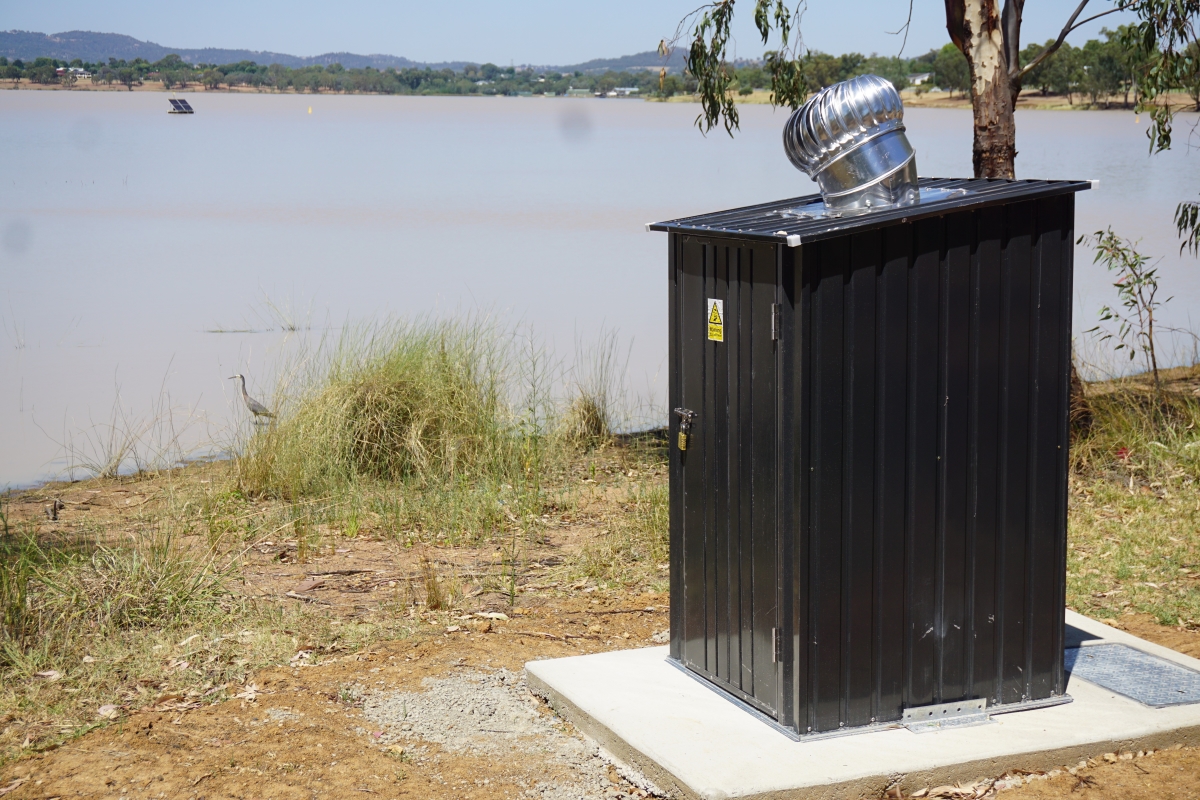Flexible working has become a deal-breaker for Australian workers, according to new research by Swinburne University of Technology’s Centre for the New Workforce (CNeW).
Forty-three per cent of workers say they would be likely to leave an employer that does not offer flexible working arrangements once the office reopens, with hybrid working set to become the ‘new normal’ for the first time in Australian history.
While the ideal number of days in the office post-pandemic varied between those who primarily want to work from home (1.5 days), work flexibly (2.8 days), and office-based workers (3.7 days), CNeW Director Dr Sean Gallagher says it is clear that almost every worker wants flexible arrangements and are increasingly willing to demand them.

‘2020 changed work forever; 2021 is changing it again, and workers are increasingly in the box seat,’ says Dr Gallagher.
‘We are seeing a major shift in how we will work across the economy. These expectations are consistent across all genders, generations and industries. Employers need to start putting plans in place now to support hybrid working or risk losing talent to employers that do.’
The downsides of flexible work
Dr Gallagher says while we’ve experienced many of the benefits of remote working, to make flexible working effective we now need to address the elephant in the room: the office.
‘There is an urgent need to rethink the role of the office in 2022 and beyond,’ he says.

Based on the experience of the past three months, flexible workers described feeling the least connected to their organisation, the least supported and trusted at work, and having the lowest levels of meaning and purpose at work, compared to home-based and office-based workers. On top of this, they reported being the least able to work effectively and get things done.
Recent findings from the suggest that working from home allows workers to improve productivity through greater autonomy and the ability to concentrate on tasks, but does caution that working from home might hinder creativity and decrease collaboration effectiveness.
CNeW results paint a more concerning picture, suggesting that there are significant issues that demand attention before the full-scale return to the office.
‘To be competitive, to improve long-term productivity and to support employee wellbeing heading into another tumultuous year, employers need to look beyond the “how” of the office and look at the “why”,’ says Dr Gallagher.
‘By reimagining the office around human interactions, we can support meaningful connections, improve wellbeing, and drive value creation and productivity in the context of hybrid working. We can give employees and employers what they want and need while hastening the return of CBD and supporting sustainable business growth.’

Delta dampening office enthusiasm
As part of the survey of more than 1,000 Australian knowledge workers, CNeW asked about the role of the office and enthusiasm to return.
Office workers are clearly champing at the bit to return in some form, with those motivated to come back outnumbering those unmotivated by two to one, led by millennials and men.
But most will not be ready until Delta subsides; in Sydney and Melbourne, half the CBD workforce was less inclined to come back to the office while the more contagious variant was still a threat.
And when they do return, workers are most looking forward to returning to the office to collaborate, connect, create and learn. Informal chats, teamwork, working across the organisation and brainstorming new ideas were all highlighted as activities that would be better performed in an office setting.








